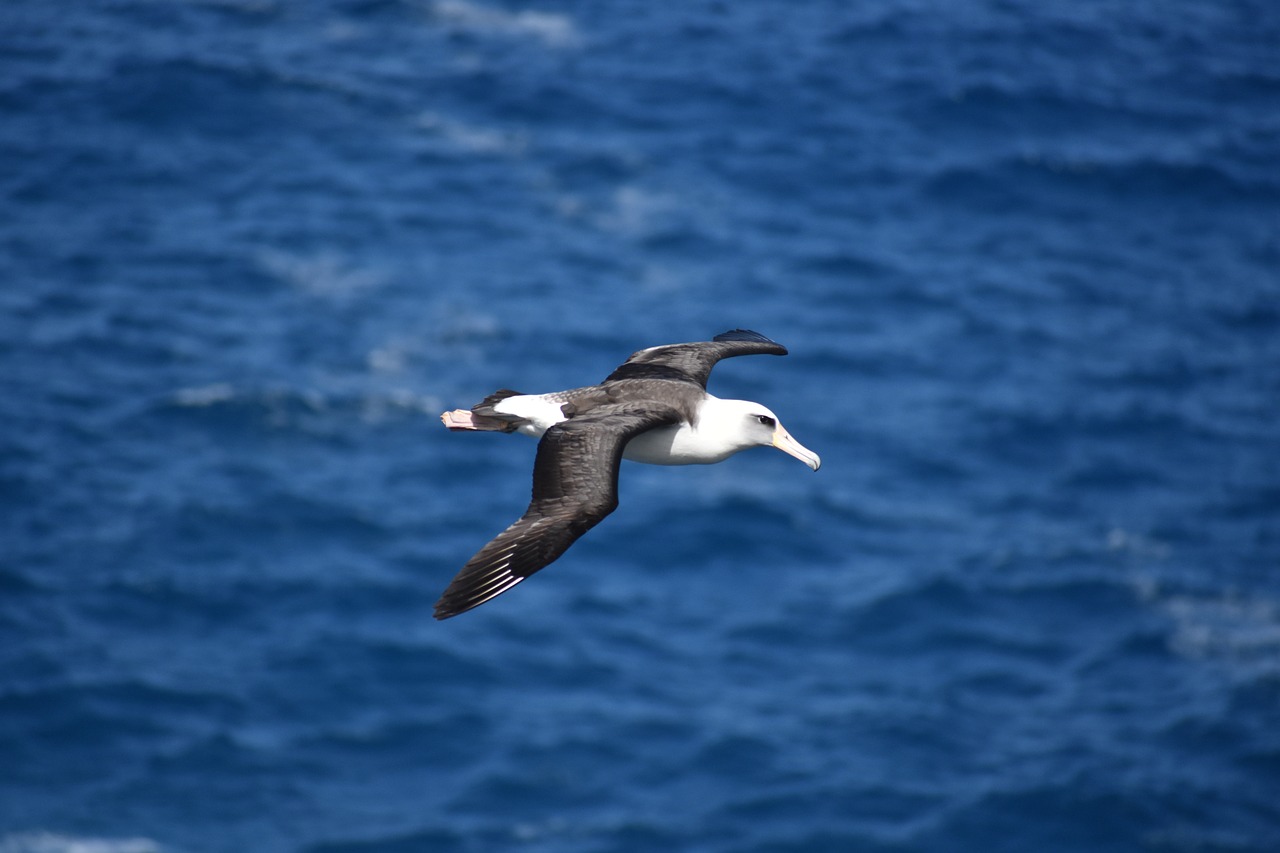Moult in relation to migration in birds—a review
DOI:
https://doi.org/10.34080/os.v4.23028Keywords:
phenology, moult strategy, migration strategy, winter ecology, migration distanceAbstract
This study reviews different ways of combining the moult with other essential activities like breeding and migration. Most species tend to avoid moult during the breeding. A majority of short-distance migrants change their feathers in summer before autumn migration, while most long-distance migrants perform a winter moult in the tropics after autumn migration. A complete moult both in summer and winter has only been recorded in a few passerines. Birds like albatrosses and larger eagles have a serial moult, changing only a number of their primaries every year. Another strategy common among long-distance migrants is to change some feathers on the breeding grounds, suspend moult, and complete it in the winter quarters. A special adaptation allowing faster moult is the simultaneous shedding of all wing quills. During this time birds are flightless and many species perform spectacular moult migrations to congregate in areas rich in food and free of predators. The moult strategy may vary between closely related species and a comparative study of three different groups (raptors, waders and warblers) is presented. The most clear differences in strategy seem to be related to migration distance.
Downloads

Downloads
Published
How to Cite
Issue
Section
License
The copyright of each contribution belongs to the author(s), but all contributions are published under a Creative Commons license, so that anyone is free to share and reuse the contribution as long as the copyright holder is attributed.







